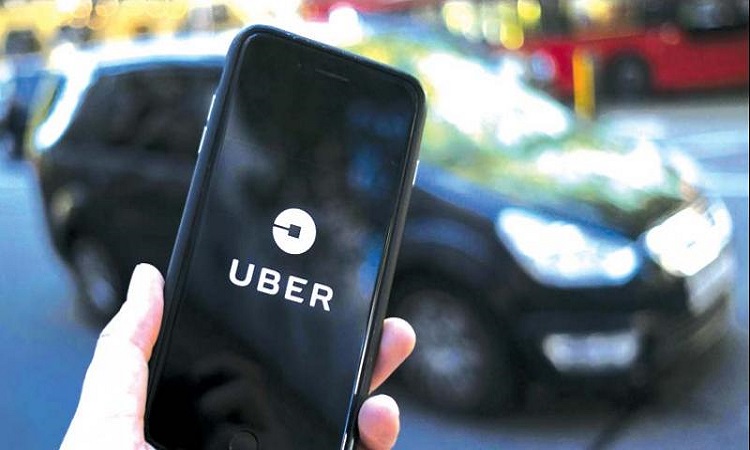Uber published this Thursday its first quarterly report since it is a public company in which it reported sales in the first quarter above expectations.
The platform generated 2 thousand 761 million dollars in adjusted revenues in the first three months of the year, an increase of 14 percent over the same period of the previous year, and above the analyst estimates of 2 thousand 75 million.
But despite the increase in sales, the company reported a loss of $ 34 million in the period. The loss of Uber in the first quarter of the previous year was 478 million dollars.
Bloomberg points out that the loss of Uber in the quarter is more significant than that of rival Lyft last year. In the same period the previous year, Uber had a profit of 3 thousand 750 million dollars thanks to the sale of international assets.
Orders (including Uber and Uber Eats) of the platform increased 41 percent.
But the generated by these was of 14 thousand 700 million dollars, an increase of 34 percent, smaller to the advance of 37 percent of a year before.
“Earlier this month, we took the important step of becoming a public company, and now we are focused on executing our strategy to become a single window for local transportation and commerce,” the CEO said after the report was published. the signature, Dara Khosrowshahi.
“In the first quarter, the commitment on our platform was higher than ever, with an average of 17 million trips per day and an annualized gross reservation rate of $ 59 billion,” he added. “Our global reach remains an important differentiator, and we maintain the leadership of the category of shared trips in each region we serve. “
Uber reported that it is prepared to continue investing in the company’s global expansion, according to the company’s financial director, Nelson Chai, in a statement.
Uber’s Latin American revenues fell 13 percent from the previous year. Meanwhile, in the US and Canada, revenues increased by 26 percent.
Globally, the growth of adjusted net revenues in its transportation division, which excludes subsidies paid to drivers, stood at 10 percent while sales at its food delivery division increased 31 percent.




